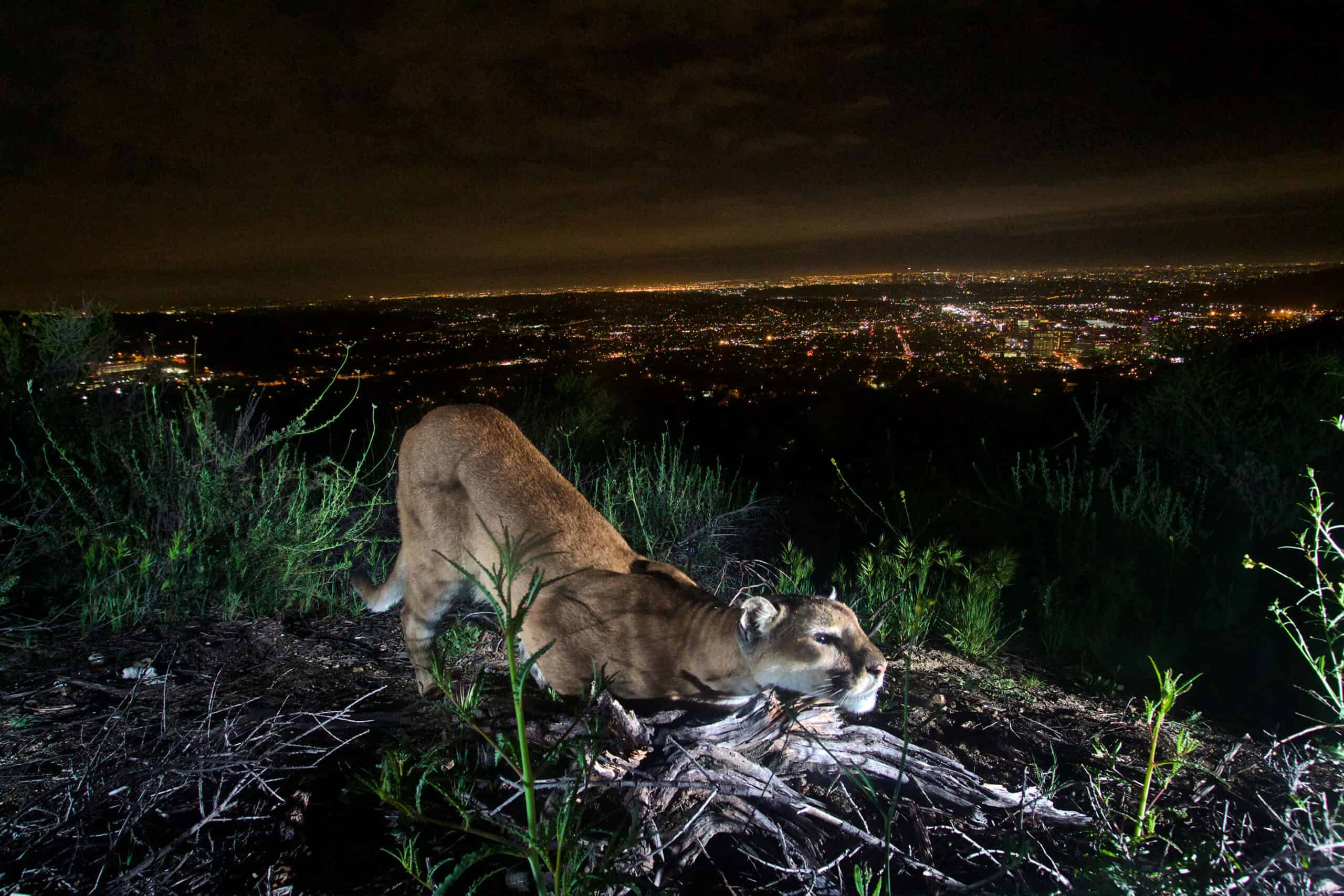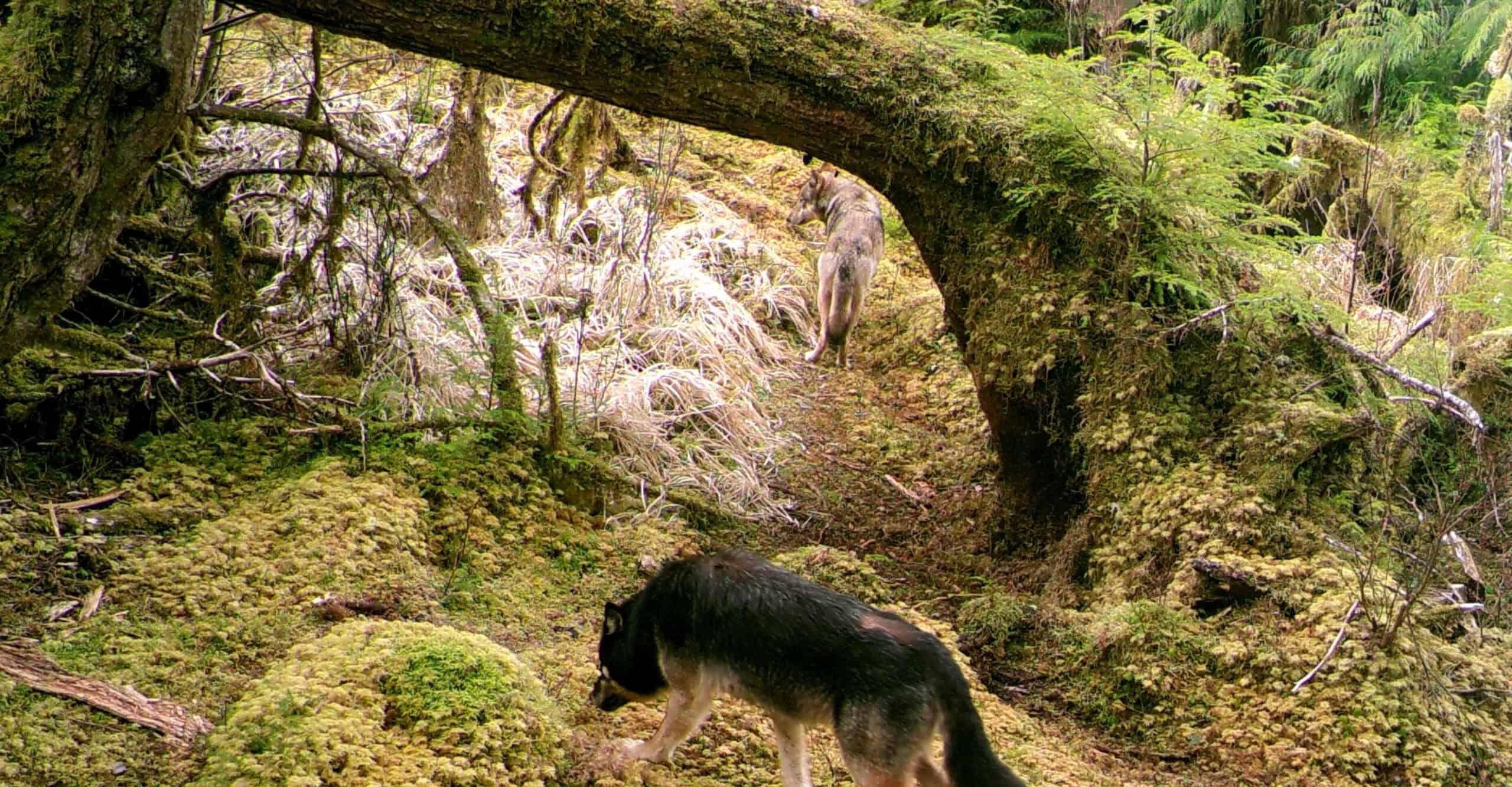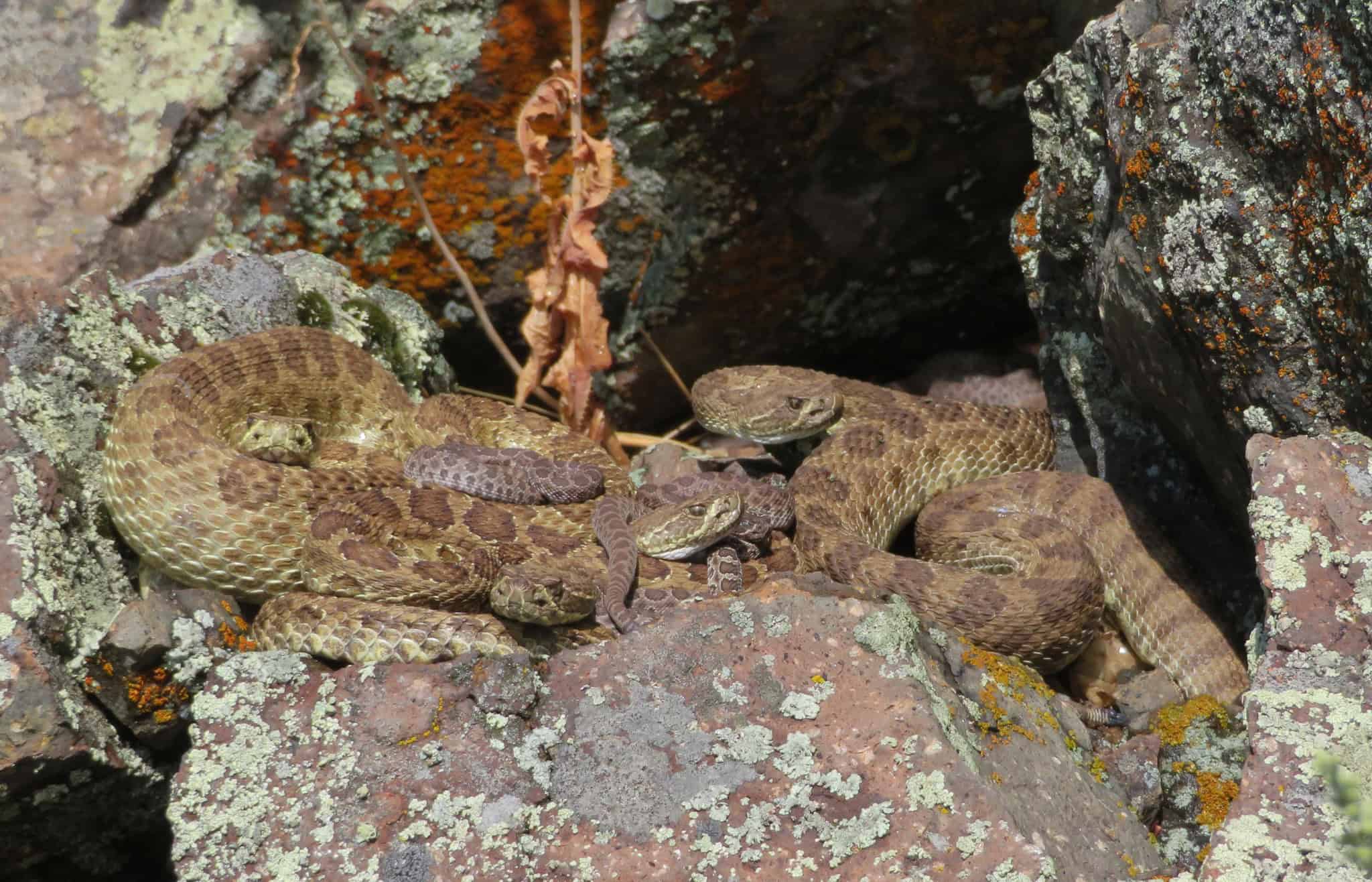Share this article
Wildlife Featured in this article
- mountain lion
People—and their attitudes—drive California mountain lion deaths
A massive study reveals statewide mortality rates
Mountain lions in California face more risks from people than from the wild, researchers found. But the deadliest places aren’t the state’s big cities or sprawling suburbs.
“We found that mountain lions were more likely to die when they were closer to rural development,” said John Benson, associate professor at the University of Nebraska.
It might not be surprising that mountain lions (Puma concolor) are killed in response to threats to livestock, but researchers found that mortalities were correlated less with the presence of livestock than with people’s environmental outlook.
“We hypothesized that something about the way humans think is probably increasing the risk for mountain lions,” Benson said.
The findings were the product of a massive study published recently in the Proceedings of the National Academy of Sciences involving 18 authors from universities, state and federal agencies, Tribes, private consulting firms and conservation organizations. Combining mortality data gathered from 590 tracking collars deployed on mountain lions around the state, researchers painted a picture of broad trends that local studies can’t show.
“Collaboration is fairly common in all science, but to get everyone in California who works on mountain lions in one room and get everyone to share data at the statewide scale, that’s really incredible,” Benson said.
The work resulted in an unusually broad dataset to help inform how to manage a wide-ranging predator across the state.
“Population dynamics of large carnivores operate at very large scales,” Benson said. “However, we usually study them in relatively small areas, which creates a mismatch between the scale of understanding of these population processes and the scales most relevant to managers.”
Benson and his colleagues found more than vehicle collisions, poachers or other threats, lethal removal was the primary known cause of mountain lion mortality in the state. Even in a state where mountain lion hunting is illegal, the human-caused mortality rate was more than double natural mortality—13% compared to 6% annually. Vehicle collisions were the second leading known cause of death, but management-related mortality was even higher, they found.
The research suggests the mortality was additive, not compensatory, meaning the animals that died wouldn’t necessarily have met a similar fate from natural causes, reducing population-level survival rates. That part wasn’t a surprise, Benson said. Mountain lion studies elsewhere reached similar conclusions. But what seemed counterintuitive was where the deaths were occurring.
“It wasn’t big cities or high-density neighborhoods,” Benson said. “It was rural areas with development.”
Mountain lions can pose a threat to livestock, but the team suspected that alone didn’t explain why their mortality rates in rural areas were so high. “We had this idea that it is probably not as simple as mountain lions go into areas with livestock, they get into trouble and they die,” Benson said.
So they added a bit of social science to their research. To gauge people’s views on conservation, they looked at voting patterns on statewide environmental ballot propositions. Those results predicted mountain lion mortality better than simply the presence of livestock.
“Mountain lions were less likely to die in areas with a higher proportion of voters who supported environmental causes,” Benson said.
But while the mortality data can tell them how mountain lions are dying, it doesn’t tell them how many are being born or how well connected the populations are. That’s important to know, Benson said, to understand how the state’s various populations are faring.
“My guess is some are increasing, some are stable and some are declining,” he said. “That interplay between them is where we really need to go next.”
Header Image: Urban areas can be dangerous for mountain lions in California, but developed rural areas are deadlier. Credit: National Park Service








